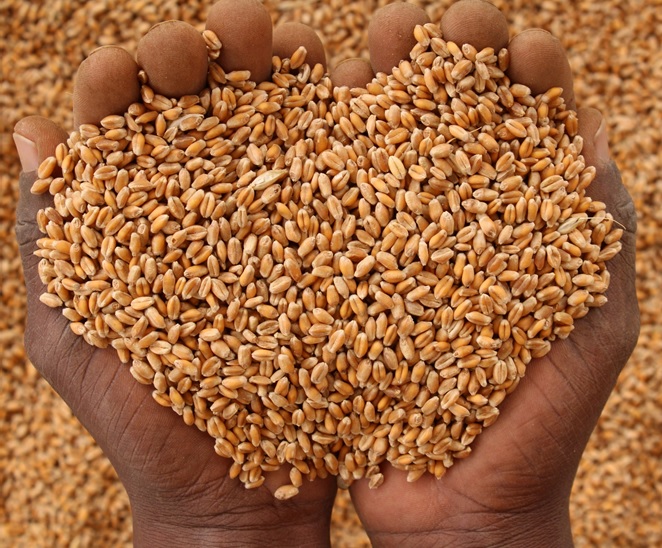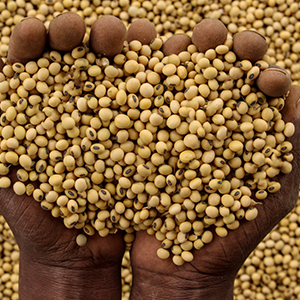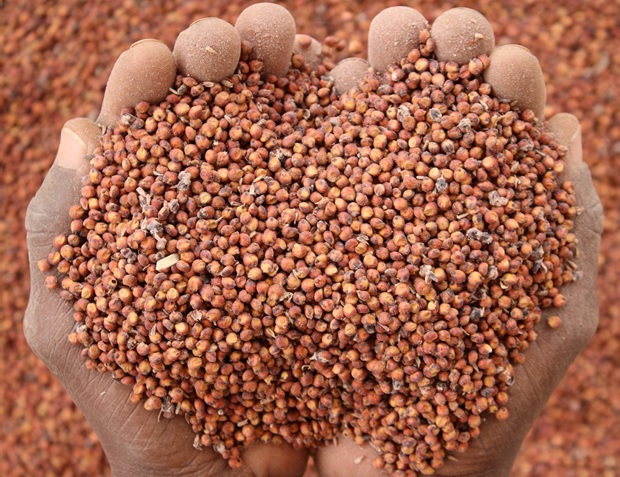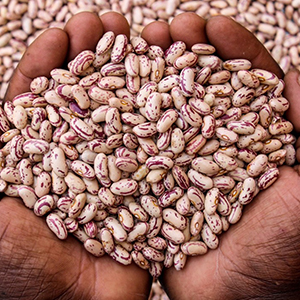The best time to apply lime is 3 to 6 months before the establishment of a crop. This will insure that lime effectively corrects the pH & insures that there is fertilizer use efficiency. Soil analysis should be conducted after three to four years, however it can be conducted more frequently if a farmer practices double cropping or horticulture which alters the soil conditions especially when 2 or more cropping cycles are practiced each year.
The amounts of lime should ALWAYS be guided by soil analysis results. However the general recommendation can be useful & is based on soil type. The liming rates vary as follows based on the soil type:
- Sandy soils = 100 kg/0.1 pH unit. A farmer with a sandy soil requires 1000 kg/1 tonne of lime to raise the pH from 4.5 (acidic) to 5.5 (slightly acidic).
- Sandy Loamy soils =120 kg/0.1 pH units. A farmer with sandy loamy soils requires 1200 kg of lime to raise pH from 4.5 acidic to 5.5 (slightly acidic).
Clay soils = 200 kg/0.1 pH units. A farmer with sandy loamy soils requires 2000 kg of lime to raise pH from 4.5 (acidic) to (5.5).
In Zimbabwe there are two main liming agents.
1) Dolomitic Lime (Magnesium Carbonate). This type of lime is ideal for adjusting pH in magnesium deficient soils.
2) Calcitic Lime (Calcium Carbonate) which is suited for adjusting pH in calcium deficient soils.
The liming agent to use is best decided by soil analysis. Lime placement & incorporation is very important to insure that the lime works effectively. The recommended placement depth is within the tillage layer/ root zone (15 -25 cm). Lime should be uniformly spread and incorporated into the soil. Incorporation can be achieved through Primary tillage were discing, harrowing followed by a roller is done or through conservation tillage methods that promote minimum soil disturbance which include Pfumvudza/Intwasa for small scale farmers or strip till for communal farmers. (Using specialized equipment)
Lime can be applied even without the above machinery. The important thing is to ensure that it is broadcasted in the field even by hand & incorporated into the soil using a plough. The important thing is to insure that lime is applied timeously & is incorporated well within the soil.
The difference between lime & gypsum is not understood by most farmers. Some of them assume that the application of lime will correct pH levels in acidic soils which is not true. The difference in the two lies in their nature were by lime is (Calcium Carbonate/ Magnesium Carbonate) Lime has the ability to correct pH levels in acidic soils. Gypsum on the other hand is Calcium Sulphate which only acts as a supplementary source of calcium & Sulphur. Gypsum does not correct pH levels in acidic soils. Gypsum is a very good source of calcium which plays a pivotal role in maintaining the structure of the soil by preventing crusting. It is also very important in crop growth resulting in improved yields.
In conclusion lime is very important because:
- Lime improves soil structure & nutrient availability resulting in increased productivity.
- Liming improves Fertilizer Use Efficiency (FUE) of crops resulting in a high return per dollar invested.
- Reduces the availability of toxic elements in the soil (manganese & aluminium
- Improves the environment for beneficial soil micro-organisms, liming soils creates a conducive environment for microorganisms to carry out necessary processes.
- Liming soils will enhance the efficacy of some herbicides (pre-emergence) and other soil based chemicals.
 Zimbabwe
Zimbabwe Seed Co Group
Seed Co Group Botswana
Botswana Kenya
Kenya Malawi
Malawi Nigeria
Nigeria Tanzania
Tanzania South Africa
South Africa West & Central Africa
West & Central Africa Zambia
Zambia




